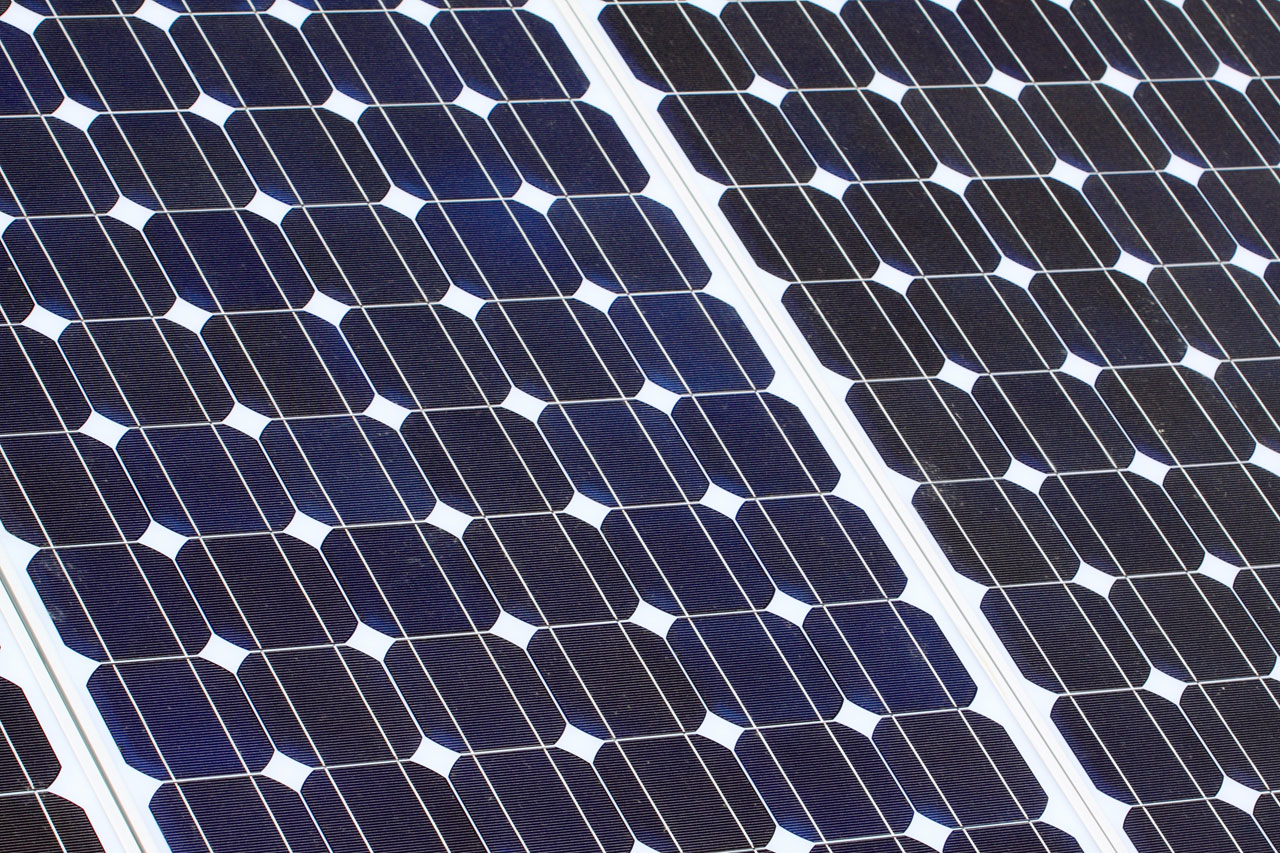by Bob Ciesielski
In early June, 2012, the Long Island Power Authority (LIPA), at the urging of Governor Cuomo, established a solar feed-in-tariff. LIPA agreed to purchase solar power at the rate of 22 cents per kilowatt hour under 20-year contracts. Within six weeks, the top tier of the demonstration project dealing with large projects was oversubscribed.
 Over the summer the Sierra Club’s Beyond Coal Campaign and the Long Island Group urged further development of clean energy. In late October, LIPA expanded its feed-in-tariff project to 170 megawatts, including 20 megawatts from wind, geothermal and other renewable energy sources. The Niagara Group is attempting to obtain a similar feed-in-tariff demonstration project in Western New York.
Over the summer the Sierra Club’s Beyond Coal Campaign and the Long Island Group urged further development of clean energy. In late October, LIPA expanded its feed-in-tariff project to 170 megawatts, including 20 megawatts from wind, geothermal and other renewable energy sources. The Niagara Group is attempting to obtain a similar feed-in-tariff demonstration project in Western New York.
The international successes of feed-in-tariff projects over the last year has been enormous.
• Since last fall, Germany’s feed-in-tariff program has increased its clean renewable electricity production from 17% to 25% of the country’s total output.
• Japan adopted an aggressive feed-in-tariff in July, after the Fukushima nuclear disaster. Japan expects solar installations alone to provide at least 3.2 gigawatts (3,200 megawatts of electricity), or the equivalent of approximately three nuclear plants.
• Ontario, Canada, reported on its feed-in-tariff, showing that it had produced contracts for 4,600 megawatts of renewable energy within the first two years. The province expects up to 50,000 jobs in renewable energy as a result of the program.
• Italy recently adopted a feed-in-tariff model, after struggling for years with a renewable portfolio standard similar to what we currently have in New York.
And how about the United States? Clean energy advocates have suggested that President Obama create a national feed-in-tariff to develop renewable energy. This could be established following the model of the National Highway Trust. The president would set a national standard for feed-in-tariffs through the authority of the Federal Energy Regulatory Commission (FERC).
Decisions by FERC last year opened the way for states to establish feed-in-tariffs. If a state requires that a certain portion of its electricity has to be produced from renewable sources, prices can be established for these renewables to be purchased by utilities. Revenues collected from the tariff would go into a national Energy Trust Fund, just as a portion of our gasoline taxes go into the national Highway Trust Fund. These funds could be distributed to states that elect to implement feed-in-tariffs and meet or exceed federal guidelines. (See Chris Neider’s November 14 article, Beyond Carbon Policy Coal and the National Feed-in-Tariff, at www.smartplanet.com.)
Bob Ciesielski, a member of the Niagara Group, chairs the Chapter Energy Committee.